The most efficient method to fix the ‘The link that you followed has been removed’ issue is increasing the upload file size, PHP memory, and the time limit for execution on your site.
There are many methods of doing this. We’ll walk you through the various options and let you pick the one that is easier to read or works in your hosting environment.
Method 1: Setting limits within the functions.php file
This is a simpler method but has an issue. If you alter your WordPress theme, your website will be restored to the previous limitations. If you’re planning on switching your themes, you can try the other two options below.
Include the following code in the functions.php file of your WordPress theme
Follow the below steps to locate and make changes to your functions.php file:
Step 1: Go to Appearance ➝ Theme File Editor on your WordPress dashboard
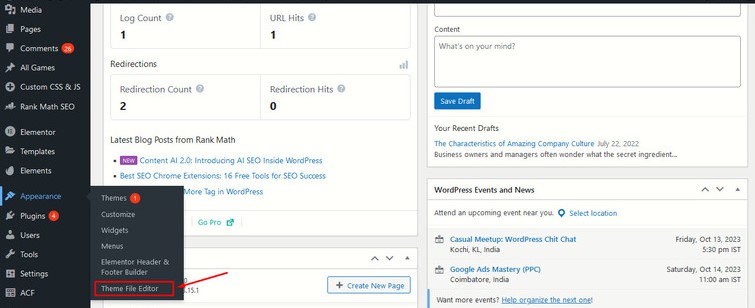
Step 2: On the right side bar look for a file named functions.php and click on it.
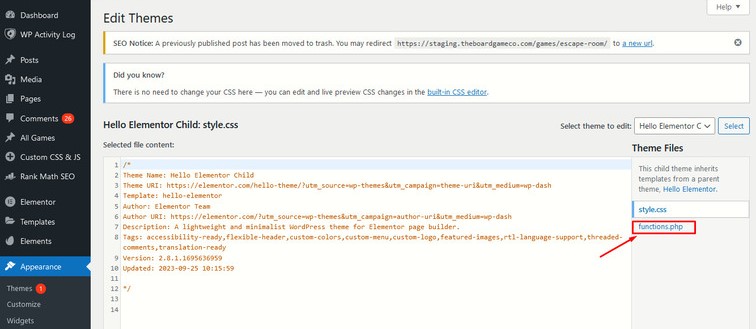
Step 3: Add the below code to the file
@ini_set( 'upload_max_size' , '120M' )@ini_set( 'post_max_size', '120M')@ini_set( 'max_execution_time', '300' )
You can increase the value in upload_max_size or post_max_size to exceed the file you want to upload.
It is also necessary to raise the maximum_execution_time by the time you believe it will take to get the file to be uploaded. If you need help with the answer, you could double this value.
Method 2 : Repair by increasing the limits in the .htaccess file
Step 1: Login to cPanel

Step 2: Go to Files ➝ File Manager
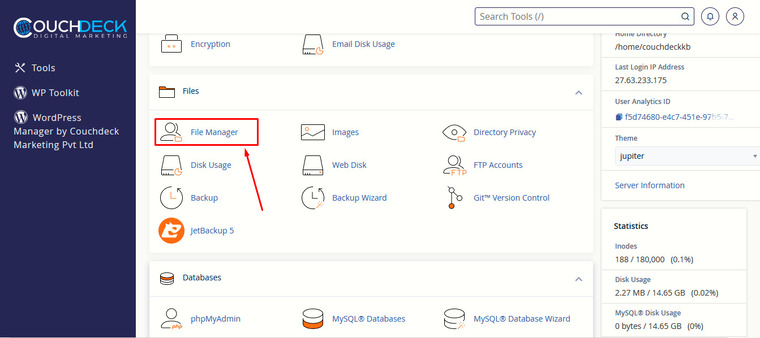
Step 3: Click on the public_html folder on the left sidebar.

Step 4: Look for a file named as .htaccess

Step 5: Right-click on the file and click on Edit.
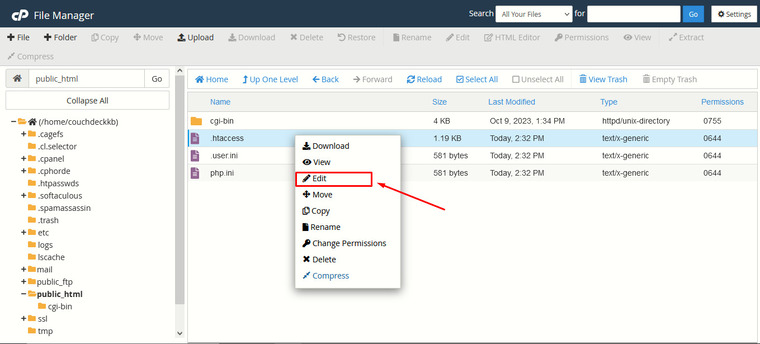
Step 6: If you don’t want to select any Character Encoding option, just click on the Edit button the window that pops up.
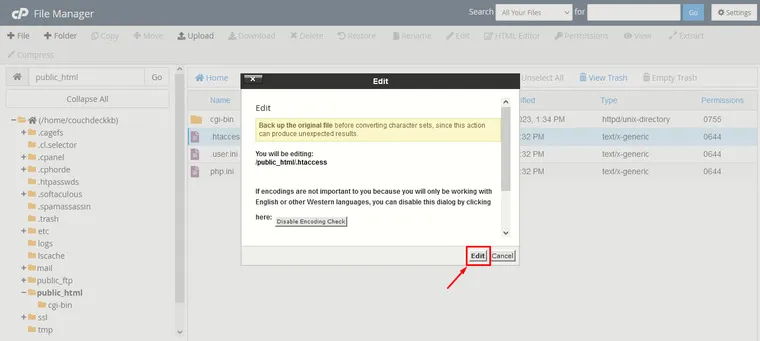
Step 7: You must insert the following code at the end of the .htaccess file.
php_value upload_max_filesize 128Mphp_value post_max_size 128Mphp_value max_execution_time 300php_value max_input_time 300

Step 8: Click on Save Changes
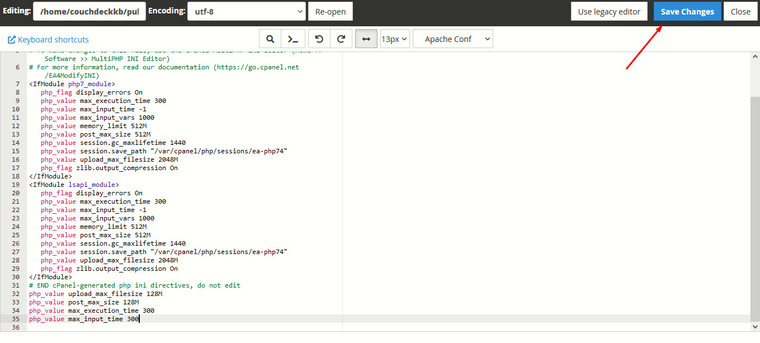
Now, upload the file to your site.
Method 3 : Fix by increasing them in the php.ini file
Step 1: Login to cPanel

Step 2: Go to Files ➝ File Manager

Step 3: Go to public_html on the left sidebar

Step 4: Look for a file named as php.ini
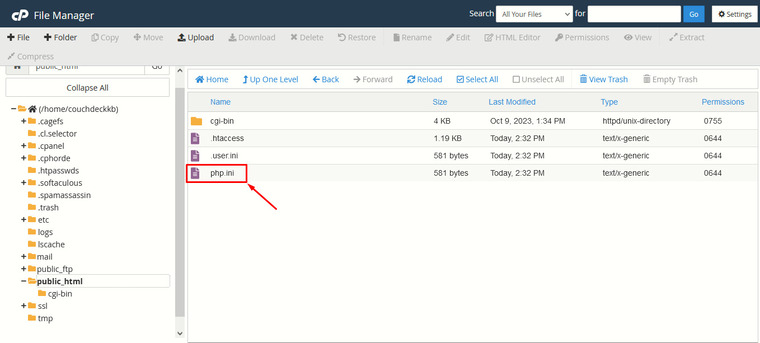
Step 5: Right-click on the file and click on Edit
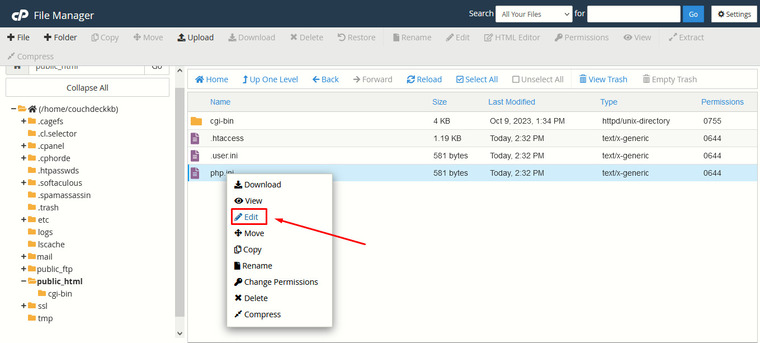
Step 6: If you don’t want to select any Character Encoding option, just click on the Edit button the window that pops up.
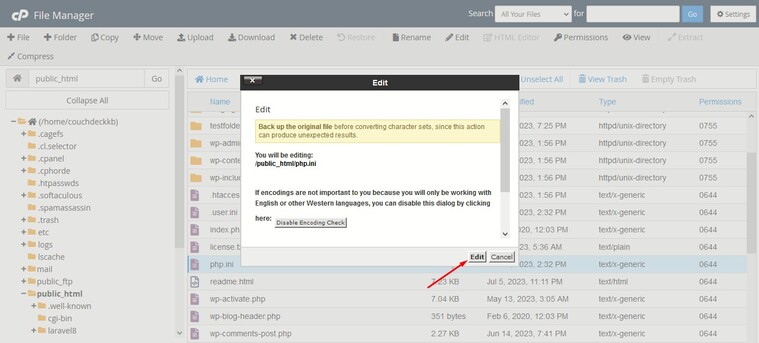
Step 7: Edit the php.ini file and insert the following code into it.
upload_max_filesize = 128Mpost_max_size = 128Mmax_execution_time = 300
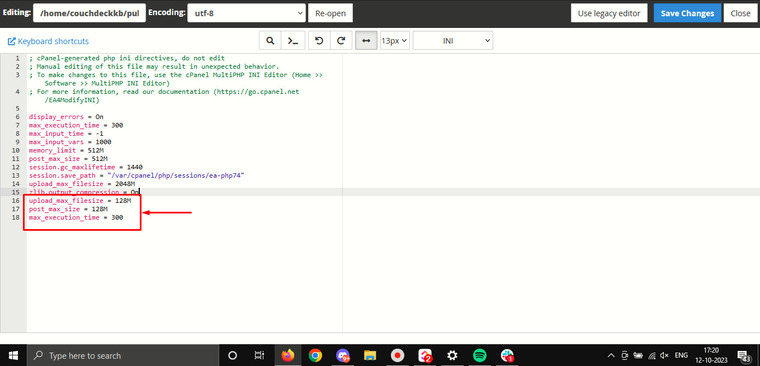
Step 8: Click on Save Changes
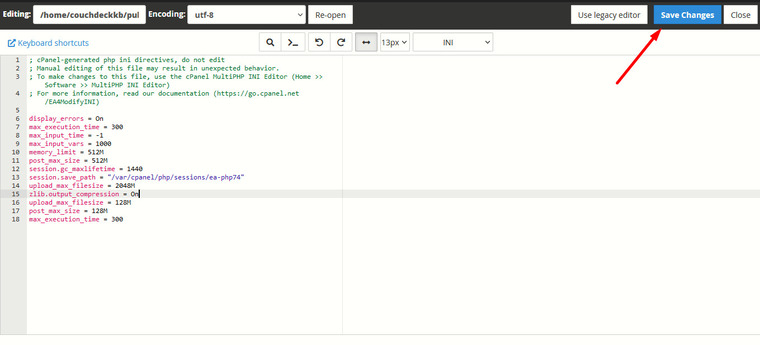
Method 4 : Troubleshoot Plugin Conflicts to Resolve the “The Link You Followed Has Expired” WordPress Error
Check for plugin conflicts by disabling them one by one. If the error disappears after disabling a specific plugin, that’s likely the cause.
Use a systematic approach to identify conflicts between multiple plugins.
If it’s a single plugin causing the issue, disable it, revert recent updates, and then reactivate it to check for errors. Future updates may resolve the problem.
